
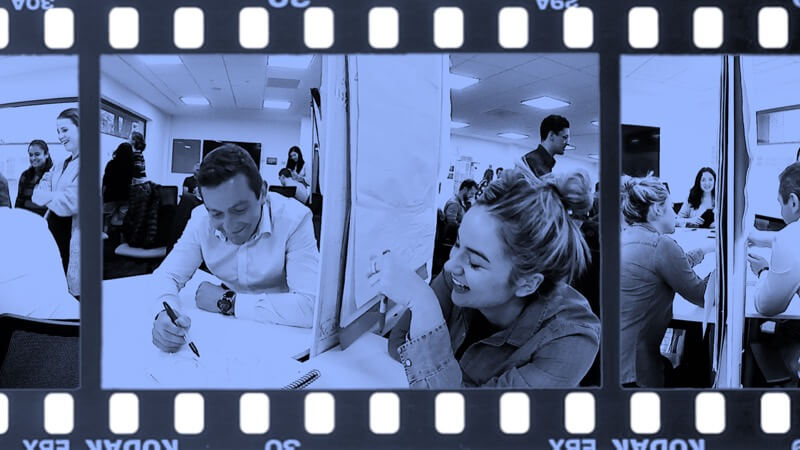
Allen Higgins, University College Dublin
"Involving over 50 creative artists – Alphaville Arts produced multi-arts storytelling by atomic survivors – indigenous communities, service personnel and civilians affected by atomic testing. Includes two immersive projections: • 'Ngurini' (searching) – forced relocation and intergenerational response of Pitjantjatjara Anangu after Britain‘s atomic testing at Maralinga in South Australia. • '10 Minutes to Midnight' – re-imagining the Maralinga experiments using archival material and surround sound. 'Nuclear' explores 'unruly' elements of the A-bomb and ongoing experimentation that plays out in the changed lives of survivor communities and environments; also contextual knowledge and art-politics of the recent South Australian Royal Commission into nuclear industry."
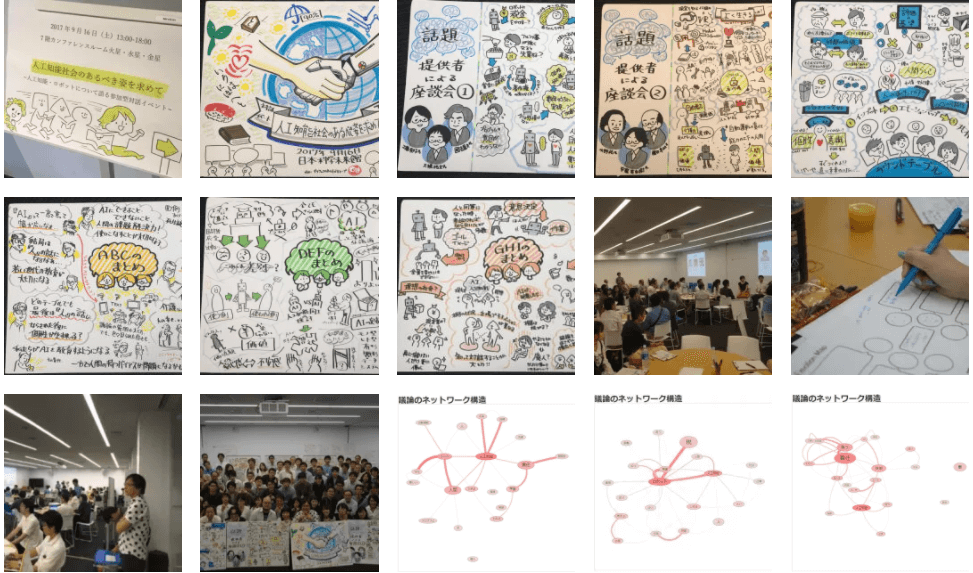
Arisa Ema
AI is pervasive throughout our daily lives and its ELSI were discussed by multi-stakeholders. An AI public dialogue event was held and various stakeholders were invited to participate in September 2017. The organizers emphasized the importance of beginning discussions from their own perspectives towards AI/robotics and used methodologies and tools that helped to express their emotions and values. In addition, the event was meaningful for bridging AI/robotics, social science, and humanities societies that never had a connection before. This collaborative culmination was based on grassroots discussions. This interdisciplinary dialogue and network continues in Japan.
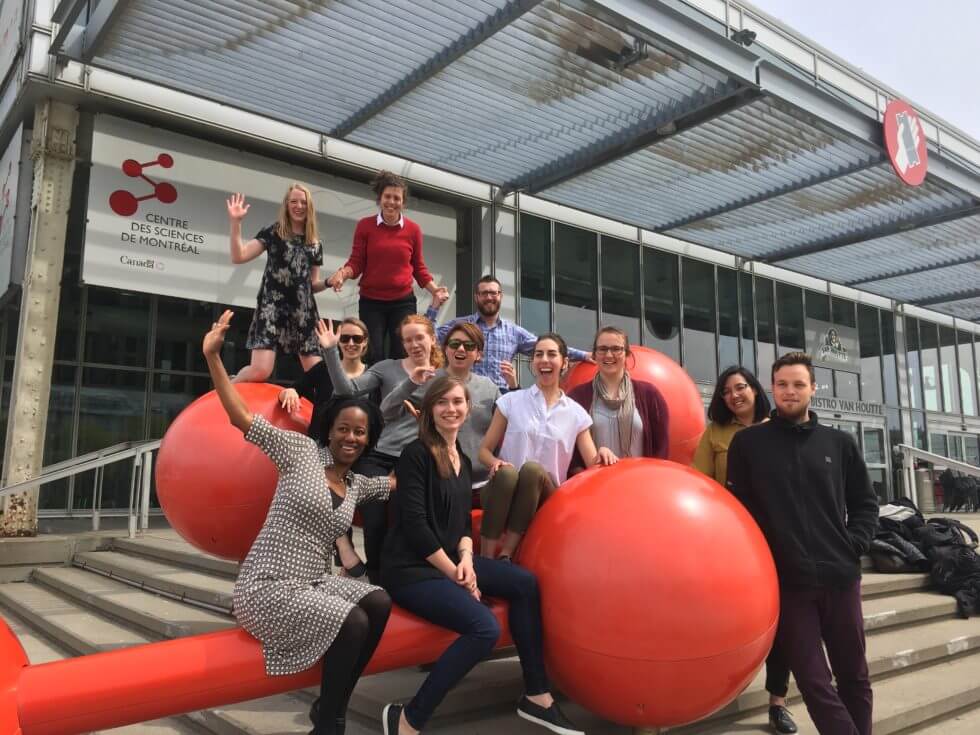
Eric Kennedy, Consortium for Science, Policy, and Outcomes – Arizona State University; Matthew Harsh, Concordia University
Science Outside the Lab North offers an eight-day immersion into the world of science policy for graduate students of all disciplines. The program is built around five days of in-depth, in-person interactions with actual policy makers, museum curators, science journalists, and politicians. In this session and discussions, we reflect on the difficulties of engaging these professionals in candid, open dialogue about their experiences and views; the use of modified Chatham House Rules as a pedagogical strategy; and the ongoing challenges in using these rules to support effective learning.
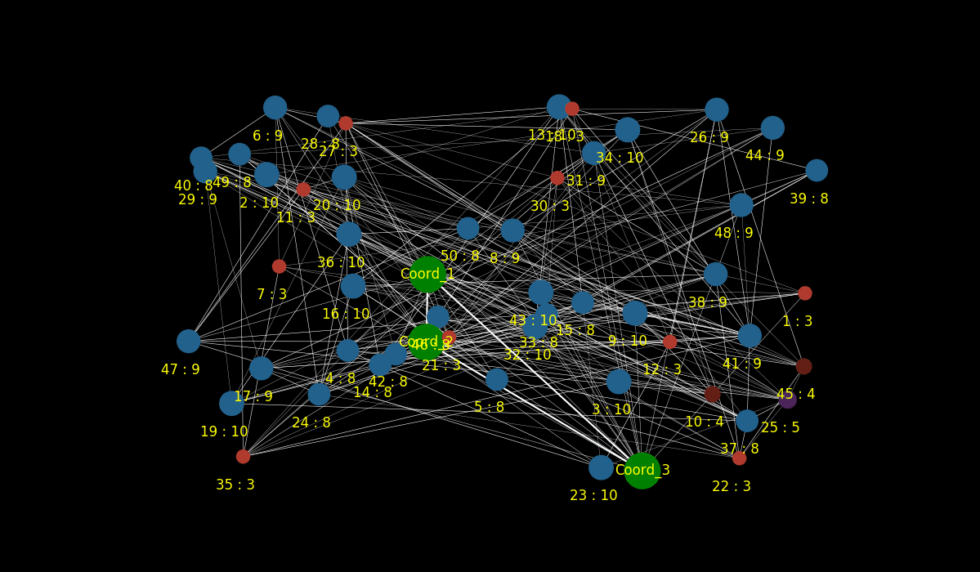
Sulfikar Amir, Nanyang Technological University; Fredy Tantri, Nanyang Technological University; Justyna Katarzyna Tasic, Nanyang Technological University
Informed by the STS sociotehnical framework, this presentation exhibits the construction of resilience through a hybrid entity whereby social, organizational, and institutional conditions are combined with the state of technical and material durability. The presentation aims to experiment with sociotechnical resilience, drawing on Amir and Kant's (2018) characterization of sociotechnical resilience in three terms, namely sociomaterial structures, informational relations, and anticipatory practices. These three aspects of socitechnical resilience are translated into an agent-based model built upon the actor-network approach.
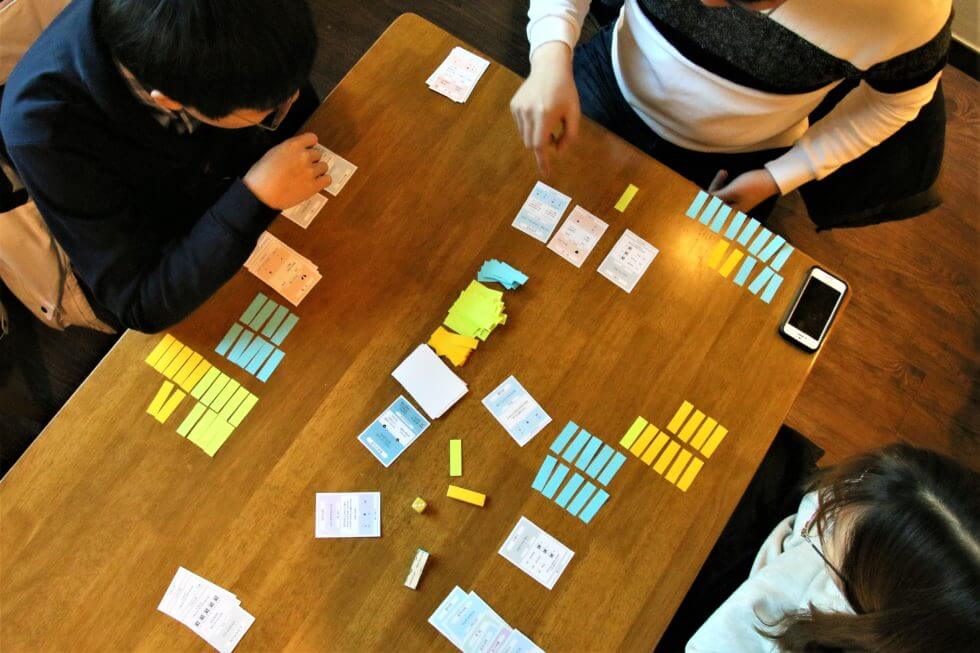
Hanbyul Jeong, KAIST
Introducing My Laboratory: The Lab-Life Simulator (IML) is a board game developed by Engineers and Scientists for Change (ESC) in South Korea. It aims to simulate a social life in university laboratories so that the players can have a virtual experience of being a graduate student. IML suggests that designing and playing a game can effectively communicate the insights from STS on the influence of power, money, and policy in scientific research and education. The developers expects that the game also provides citizens and experts with an easy access to share their expectations and experiences in science.
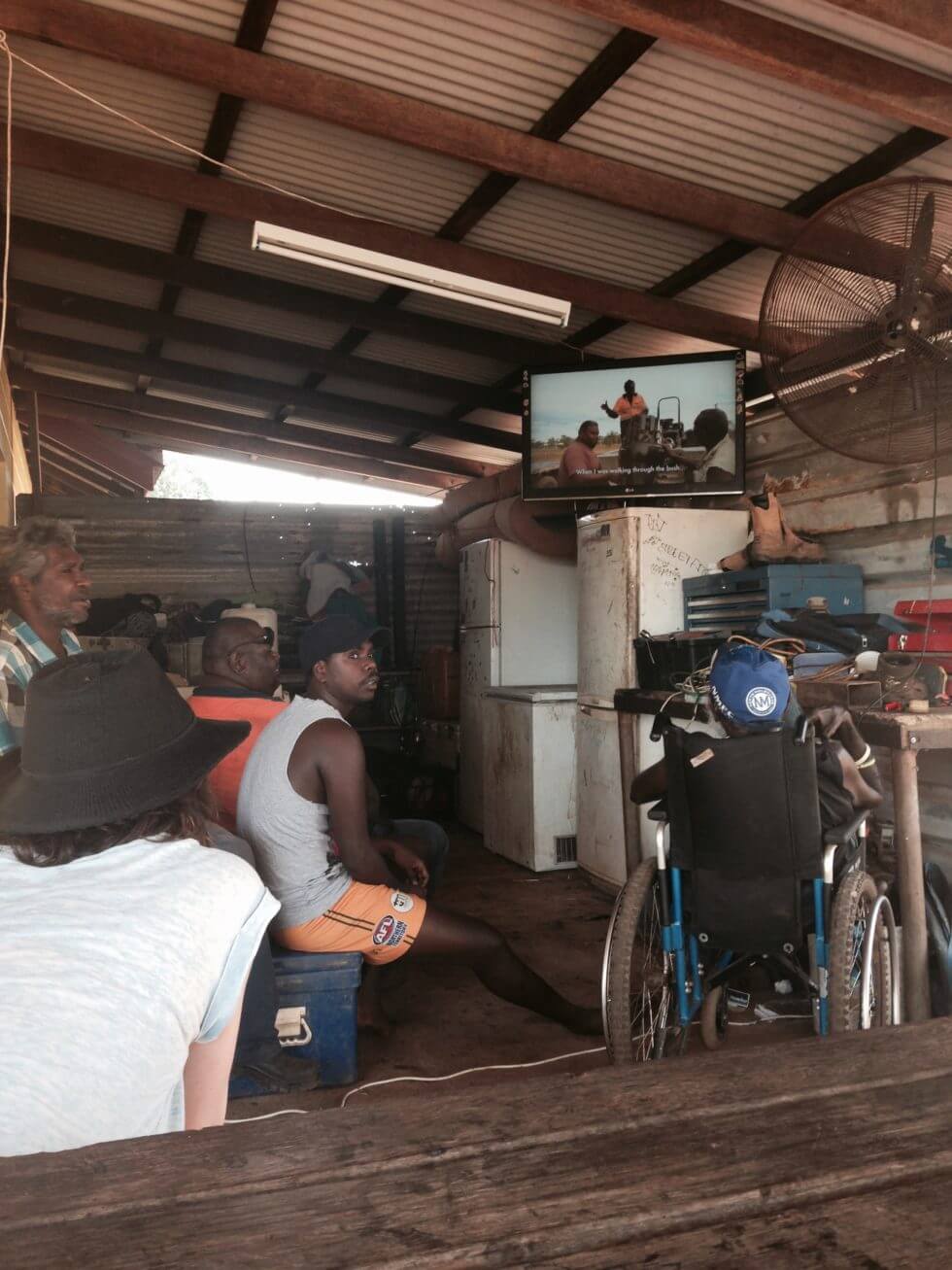
Elizabeth Povinelli, Colombia Univeristy
Most Karrabing live on a rural Indigenous community in the Northern Territory with low or no income. Their films and art works represent their lives, create bonds with their land, and intervene in global images of Indigeneity. They develop local artistic languages and forms, while allowing audiences to understand new forms of collective Indigenous agency. Their medium is a form of survivance – a refusal to relinquish their country and a means of investigating contemporary social conditions of inequality.
Transforming the standard blackbox of time
Barbara Bok, Swinburne University of Technology
With this prototype exhibit I want to intervene in the invisible but ubiquitous work that is constructing contemporary (standard) time that is embedded in STS scholars‘ practices and the phenomena they study. It is part of my project of transforming people's relationships with the future by generating opportunities for remaking the work of standard time. An array of displays of time-making accounts makes the work of constructing and imposing standard time perceptible. Activities stimulate participants to identify characteristics of standard time, examine and reflect on the effects of different time-constructing practices, and uncover unacknowledged assumptions and effects as they explore new time-making practices.
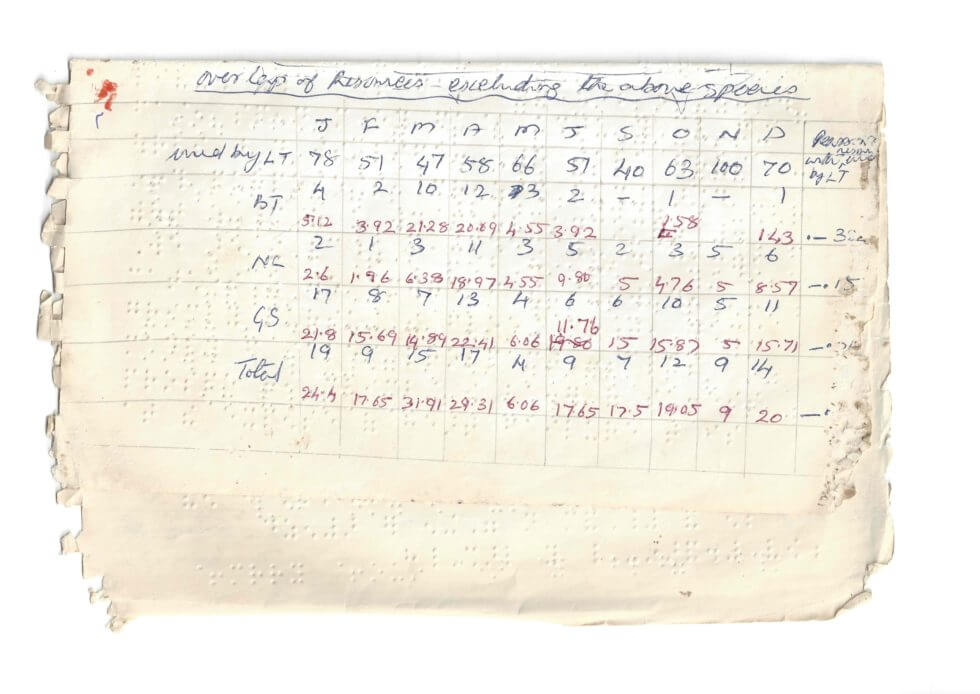
Venkat Srinivasan, Archivist
The best indication to the vitality of an archive is its ability to shed light on context and process, and on the connections between memory, database and the narrative. The word that connects all these ideas to the archival object is annotation. It is through annotation/classification that we come to understand how memory can be boxed into an archival object, and it is through annotation/description that we begin to realize how an archival object can sit in diverse narratives. We are working on two digital tools to display this. One is Milli, a story building portal. Another is Specere, a dynamic and weighted annotation tool.
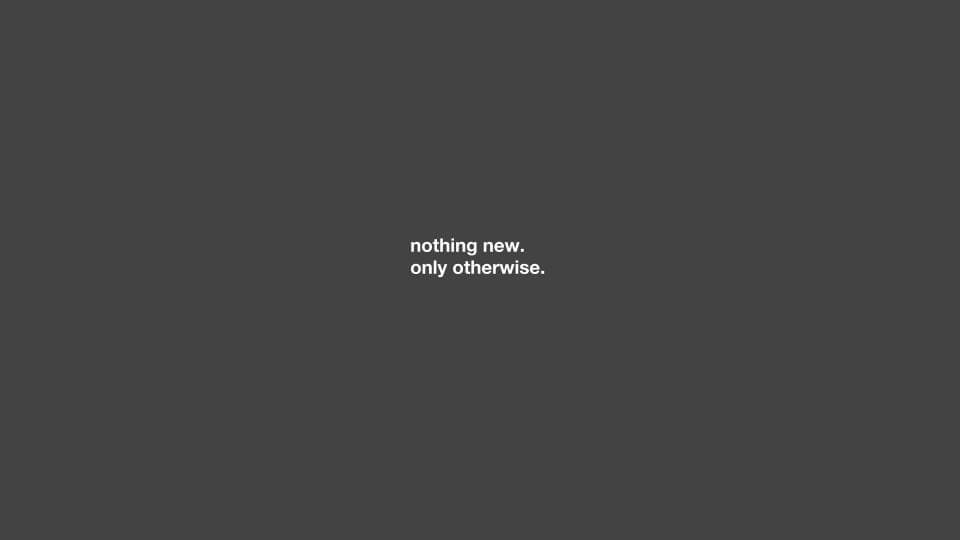
Sankalp Bhatnagar, The New School
This presentation formulates three concepts—end-ups, else-organising systems, second-order users—in order to confront challenges of design, in relation to its unintended consequences on institutions throughout society.
